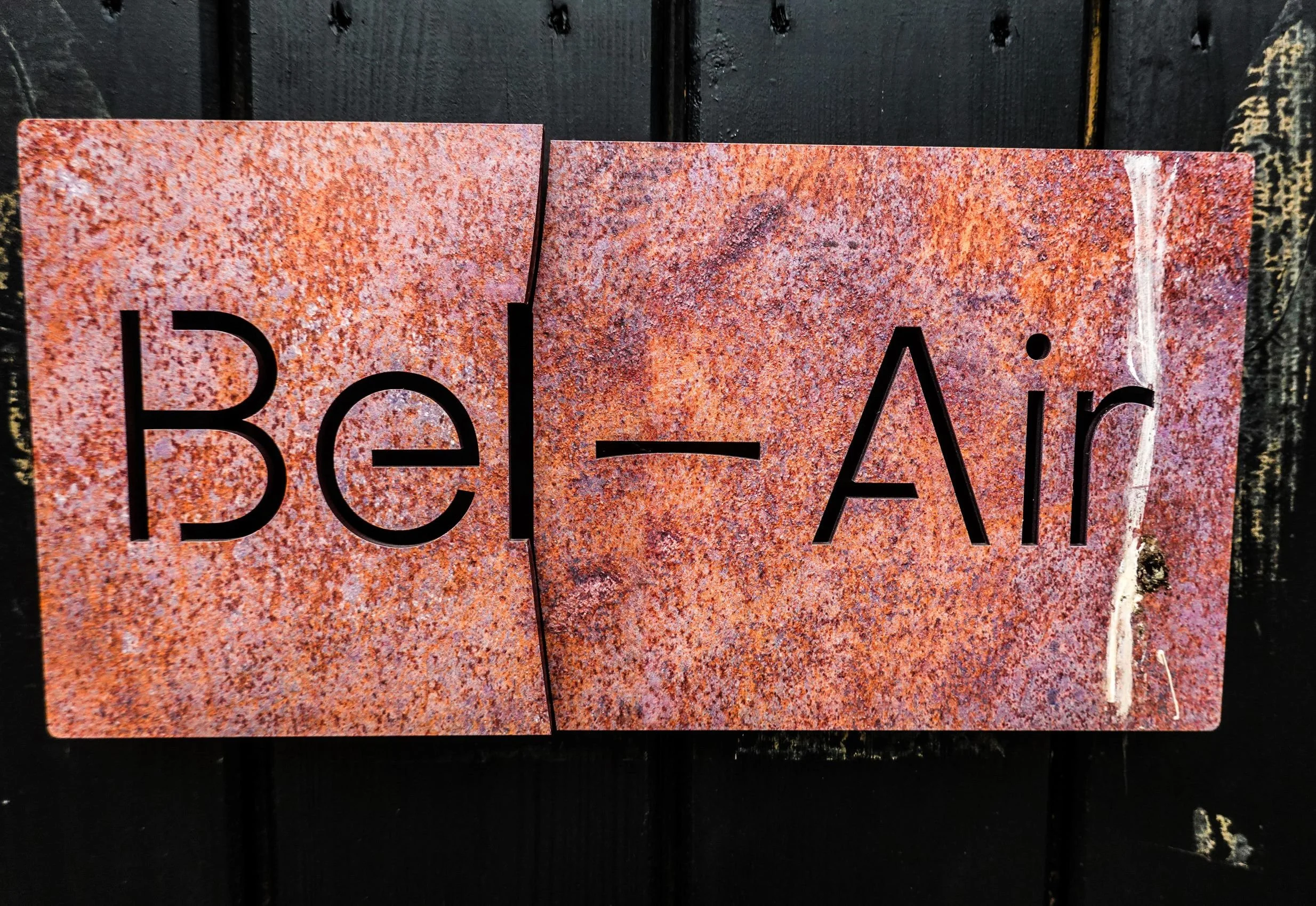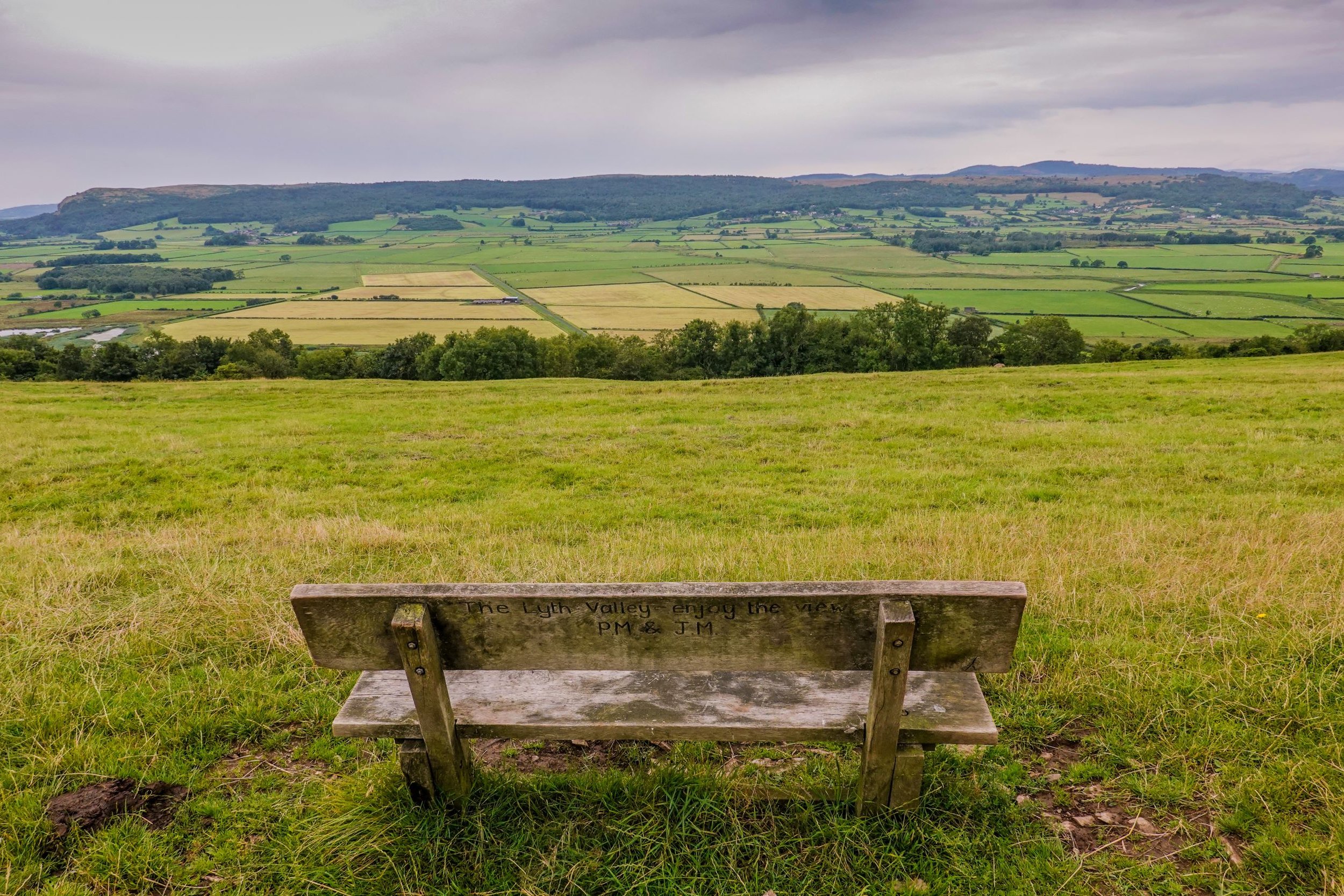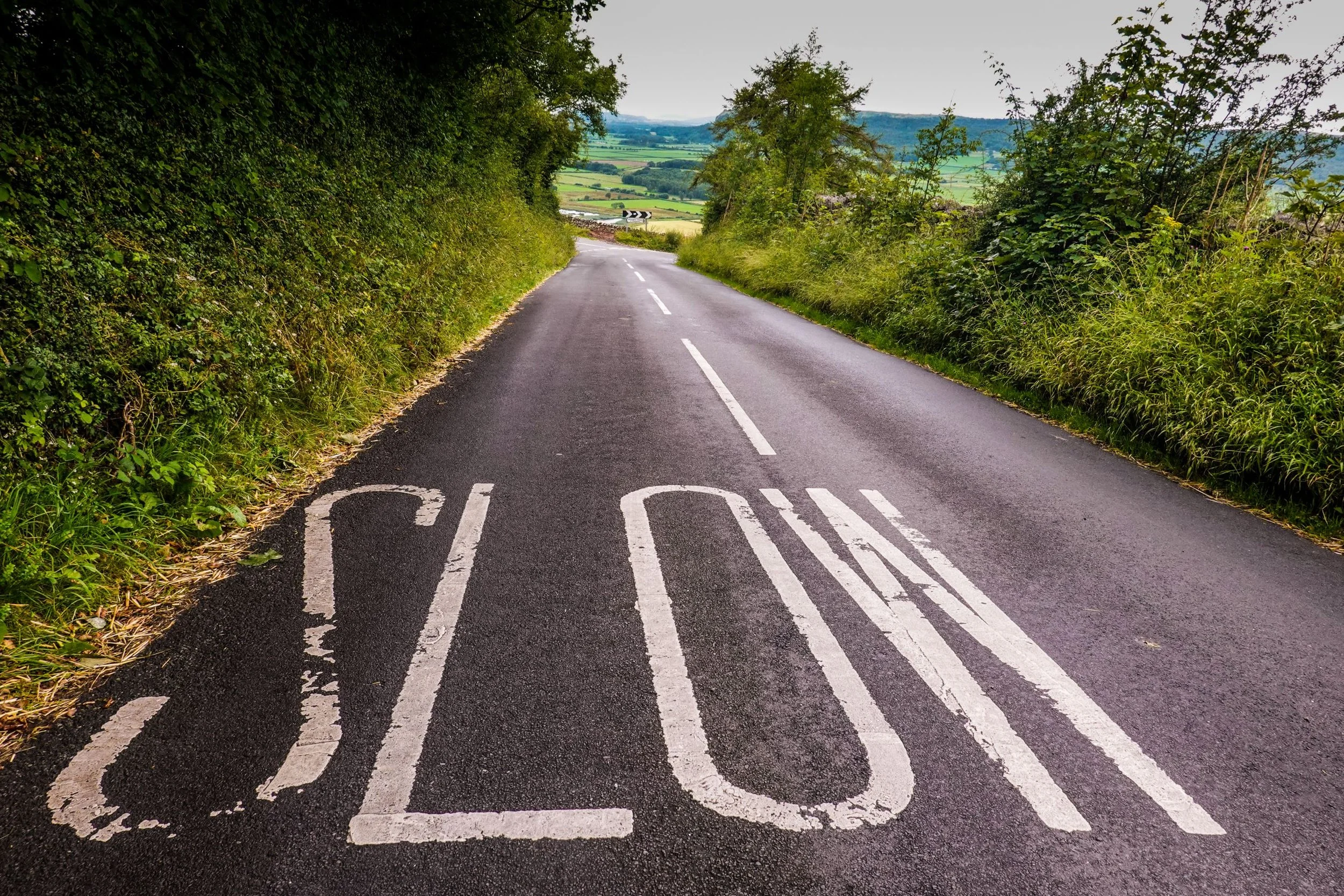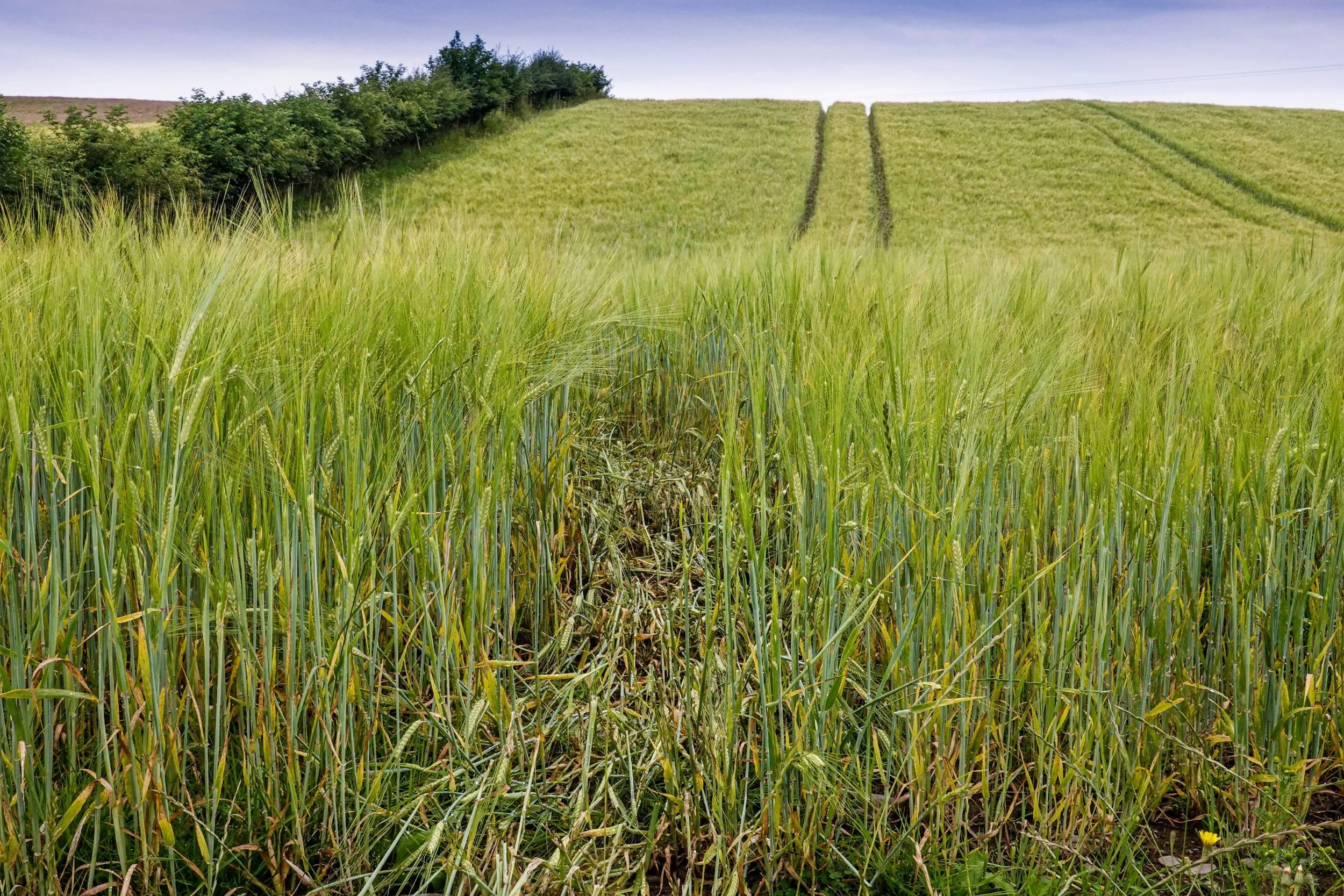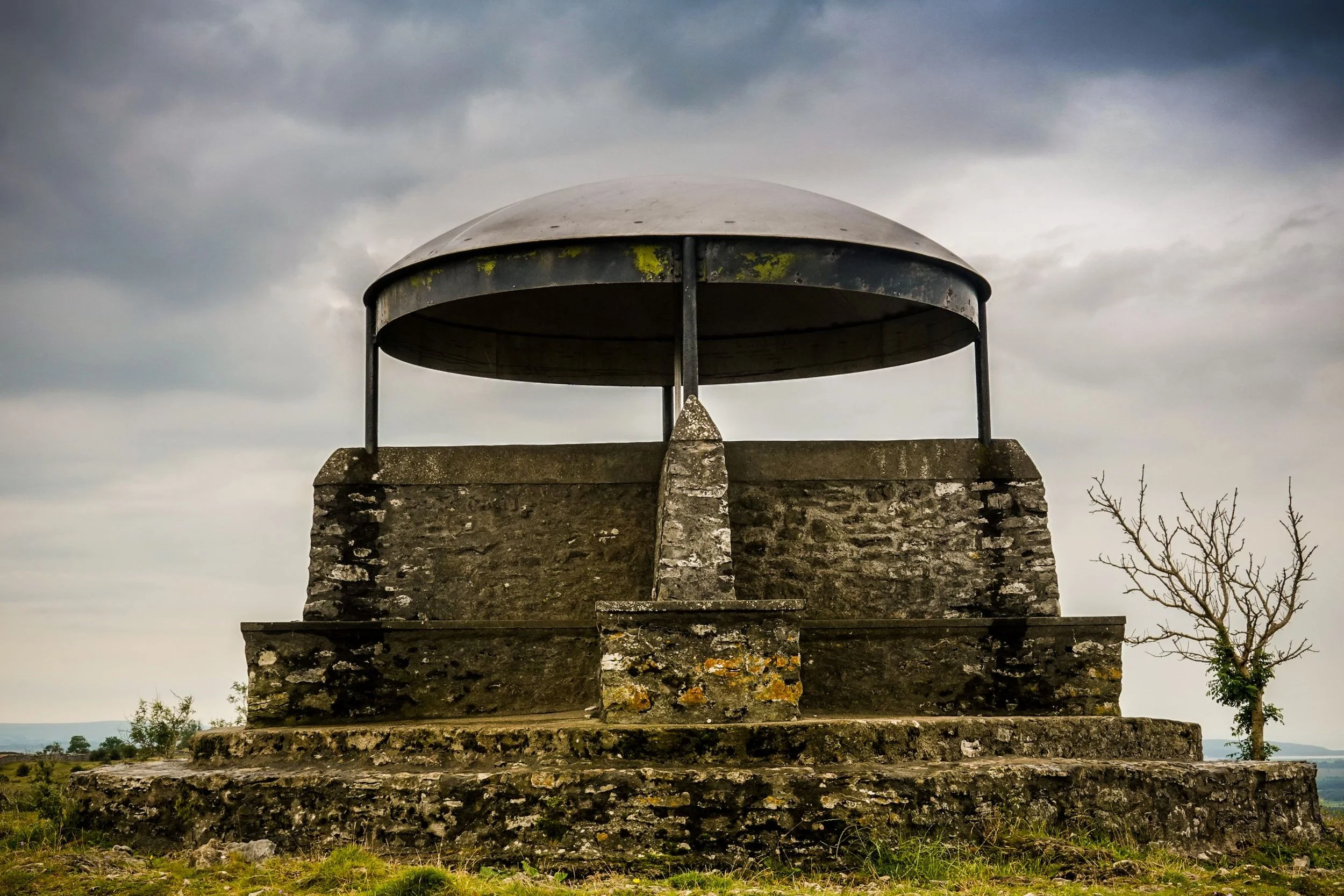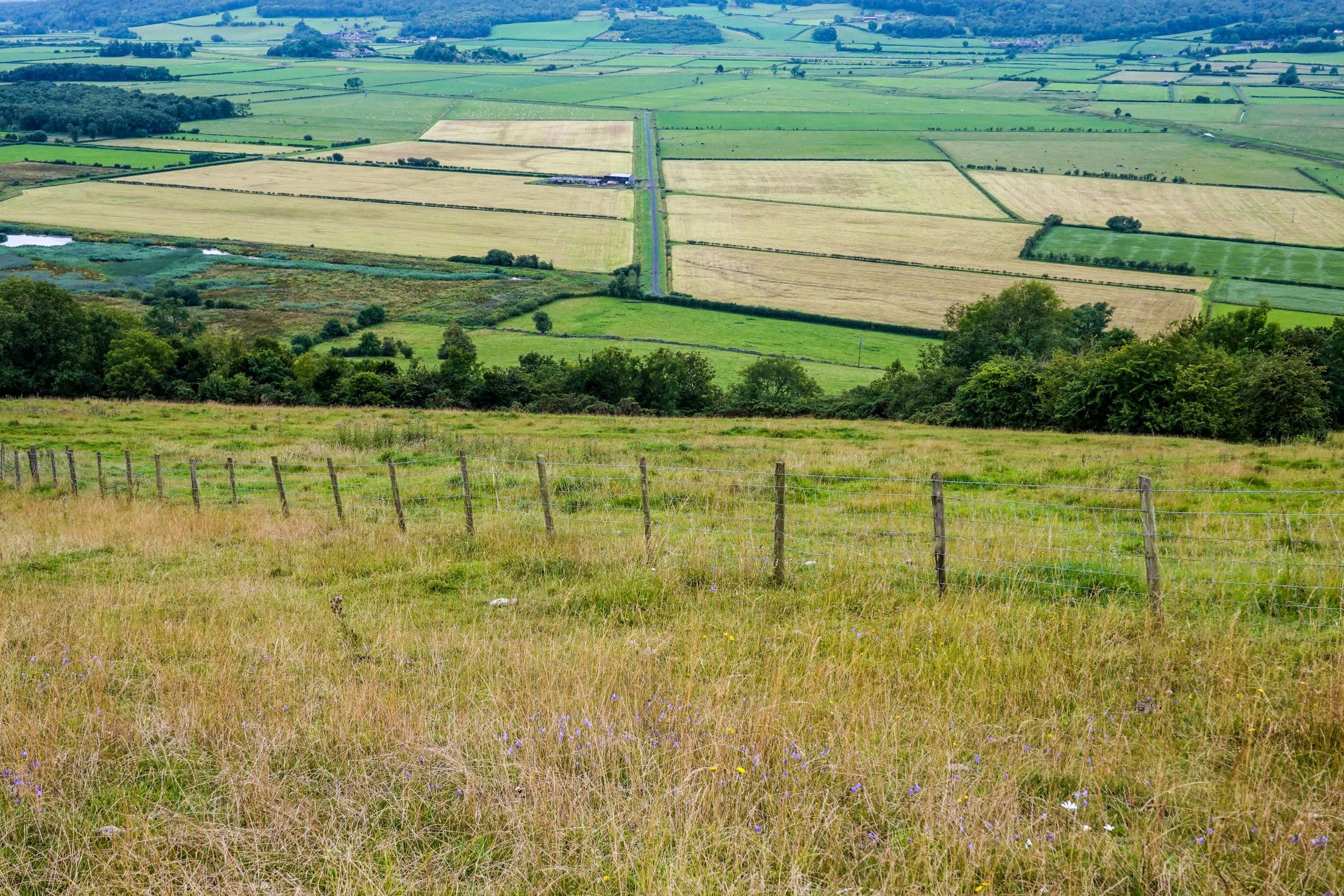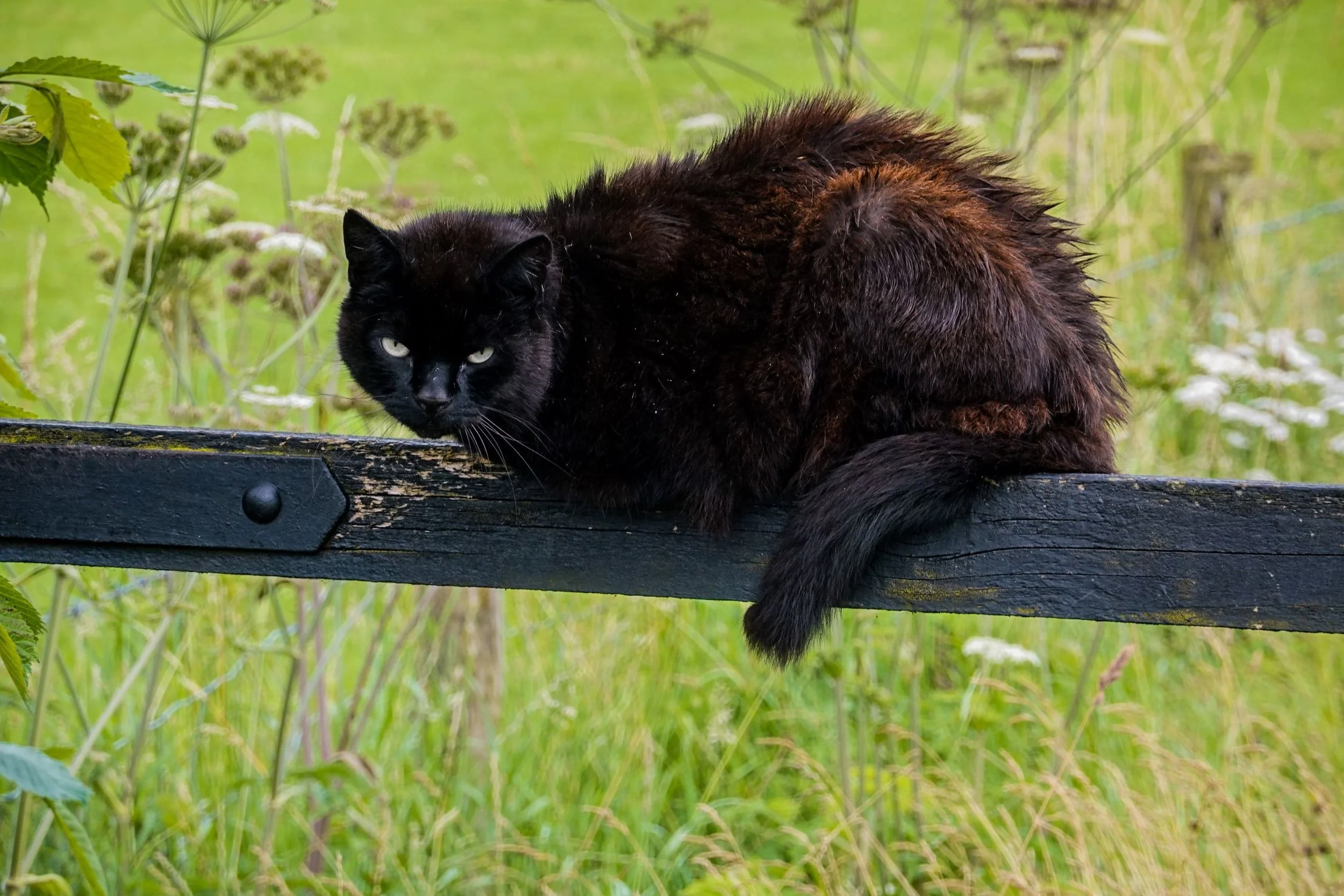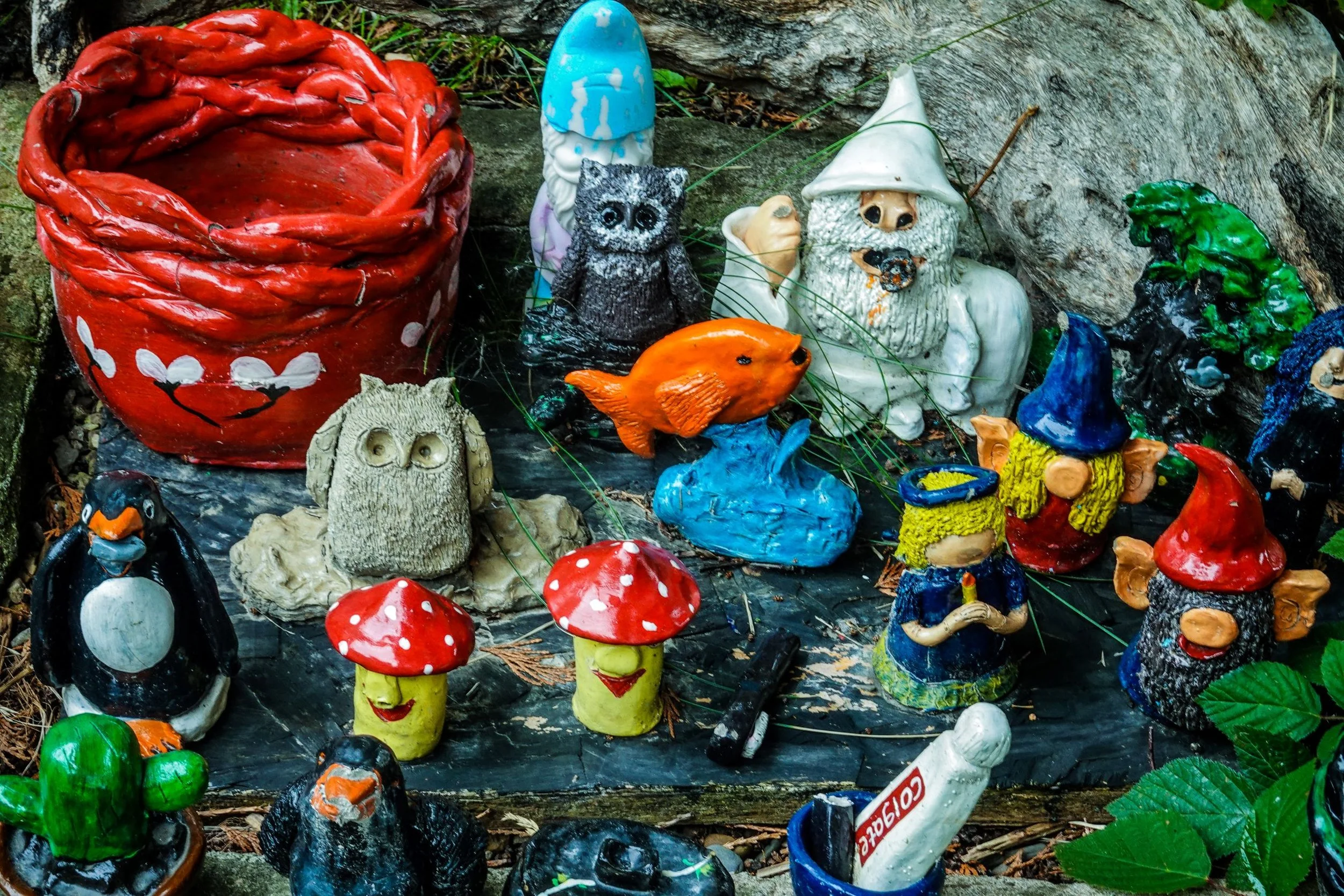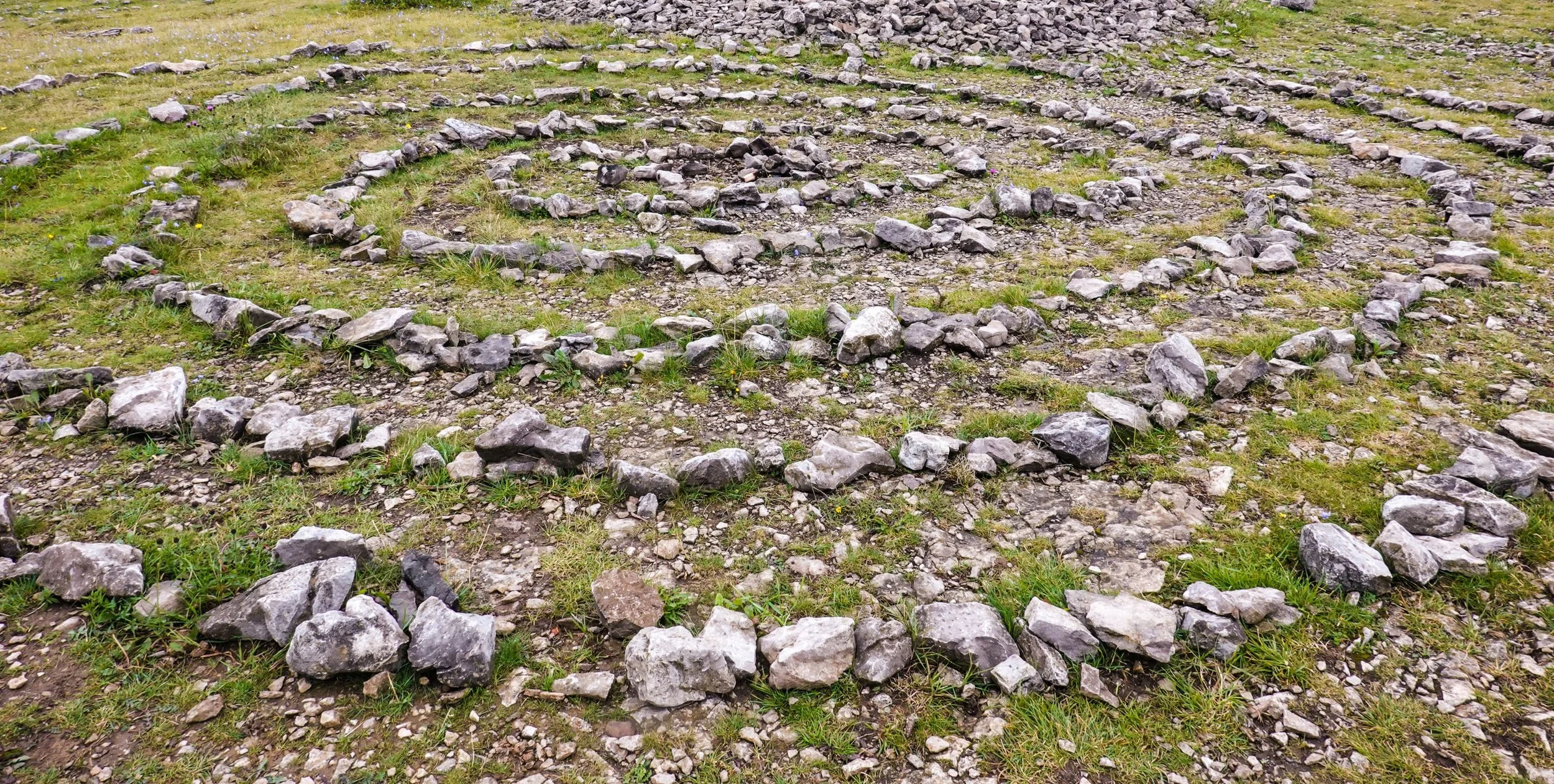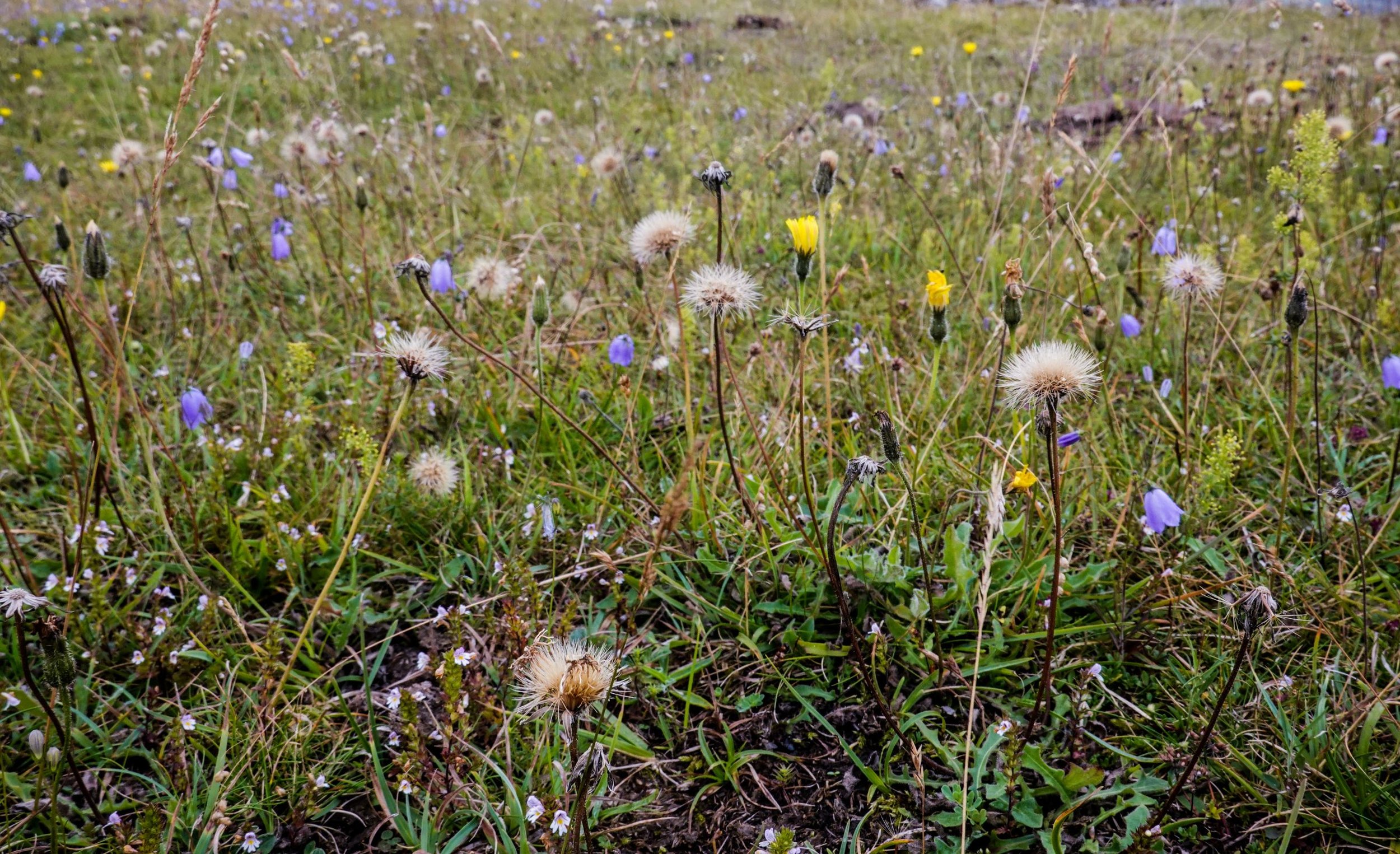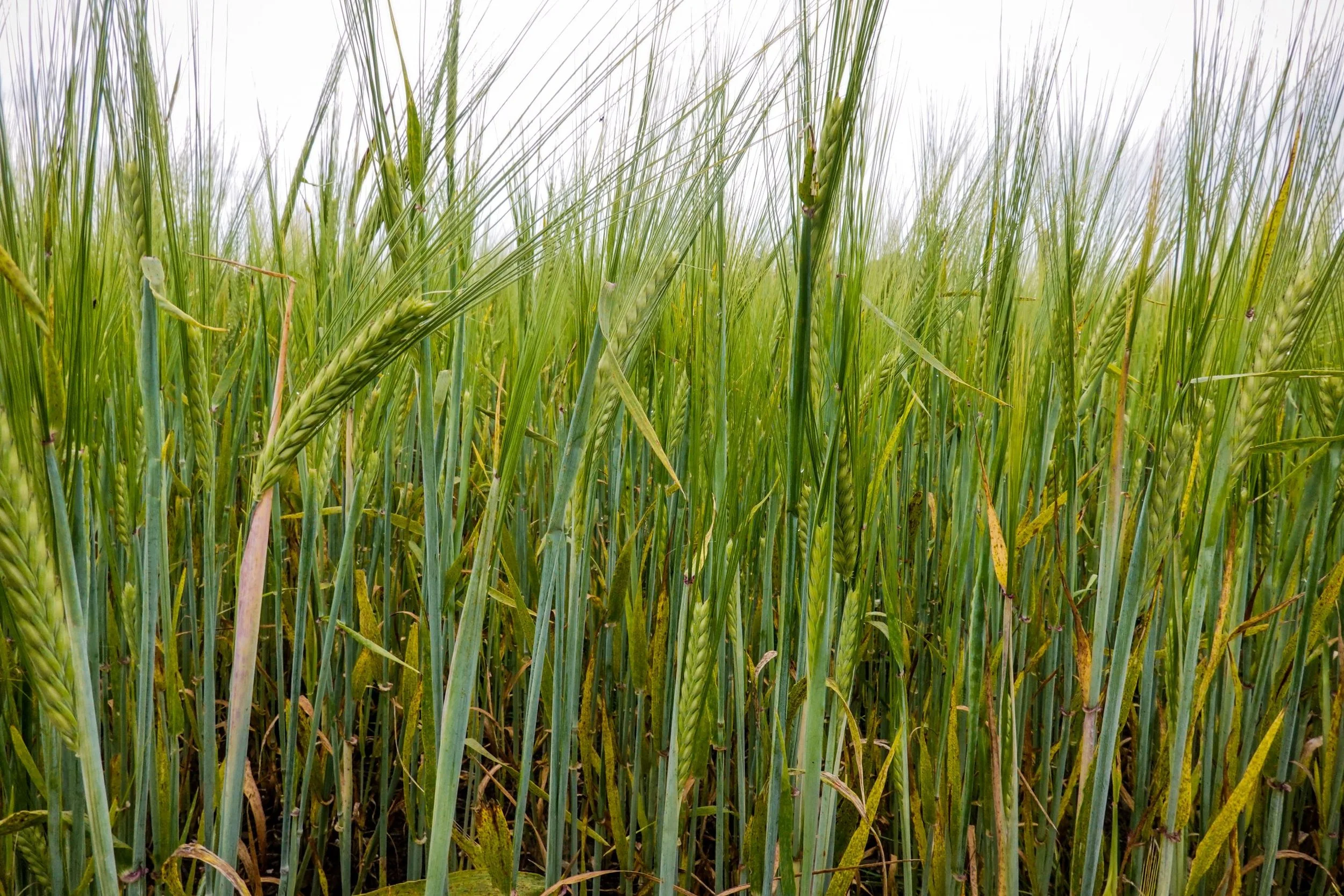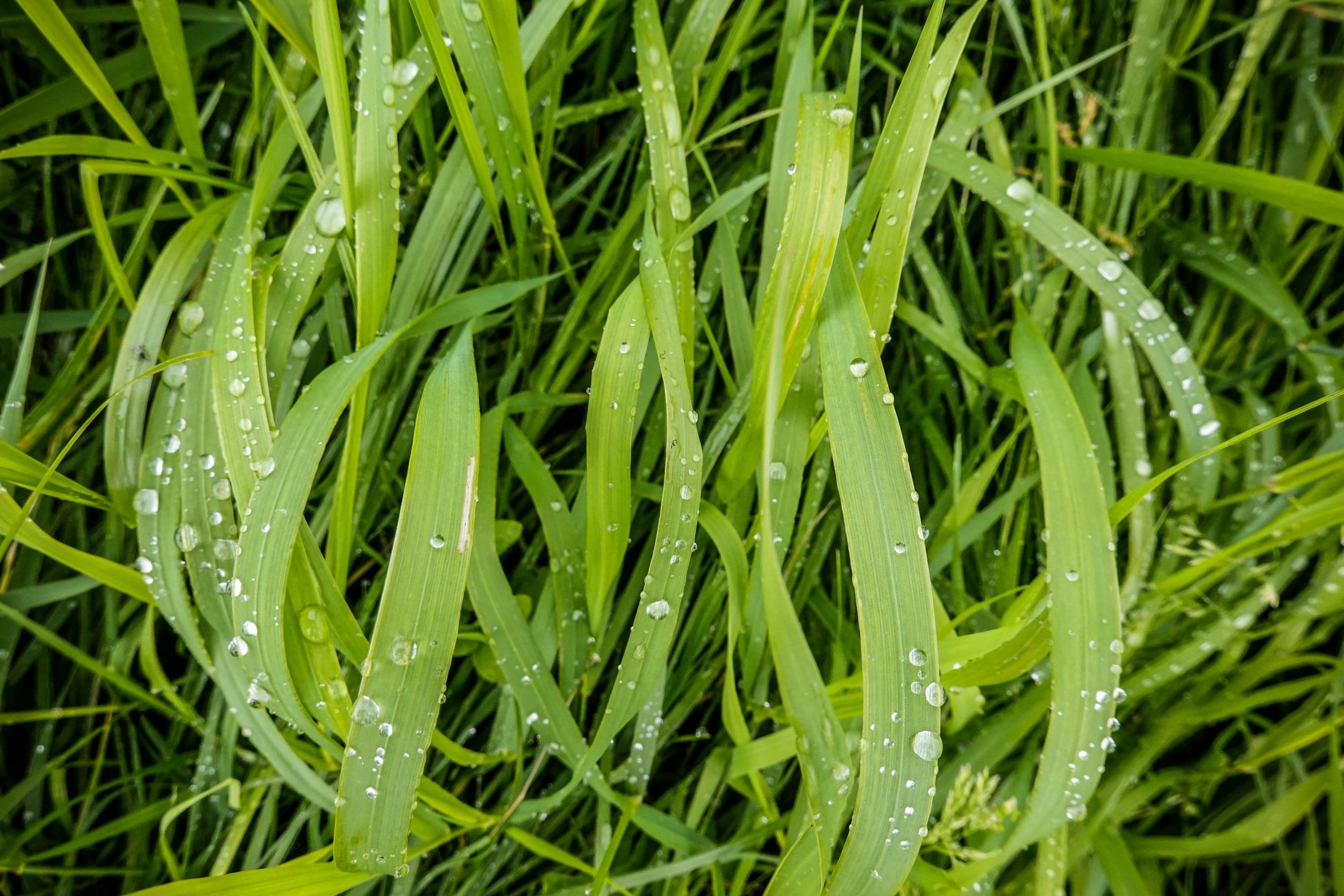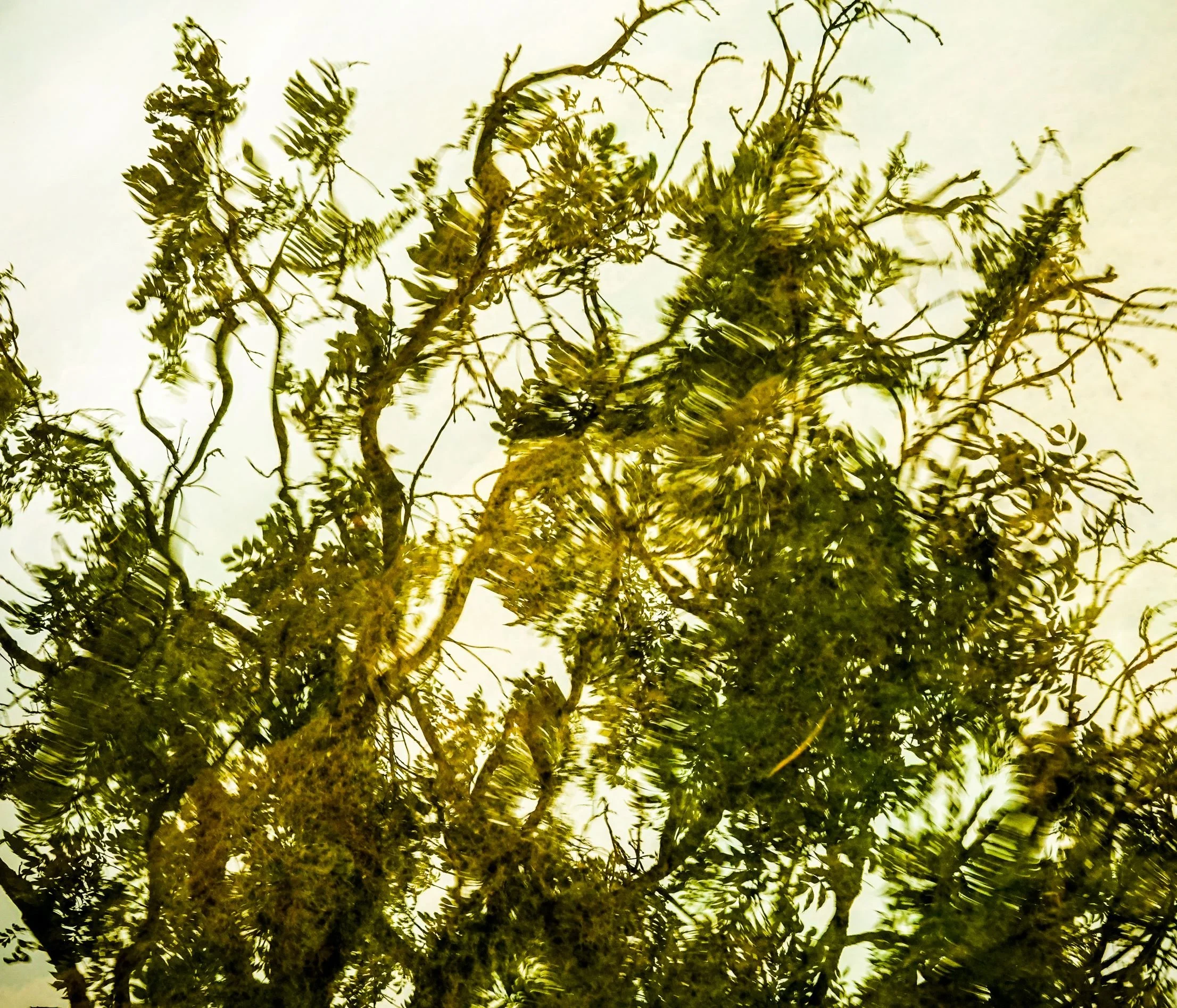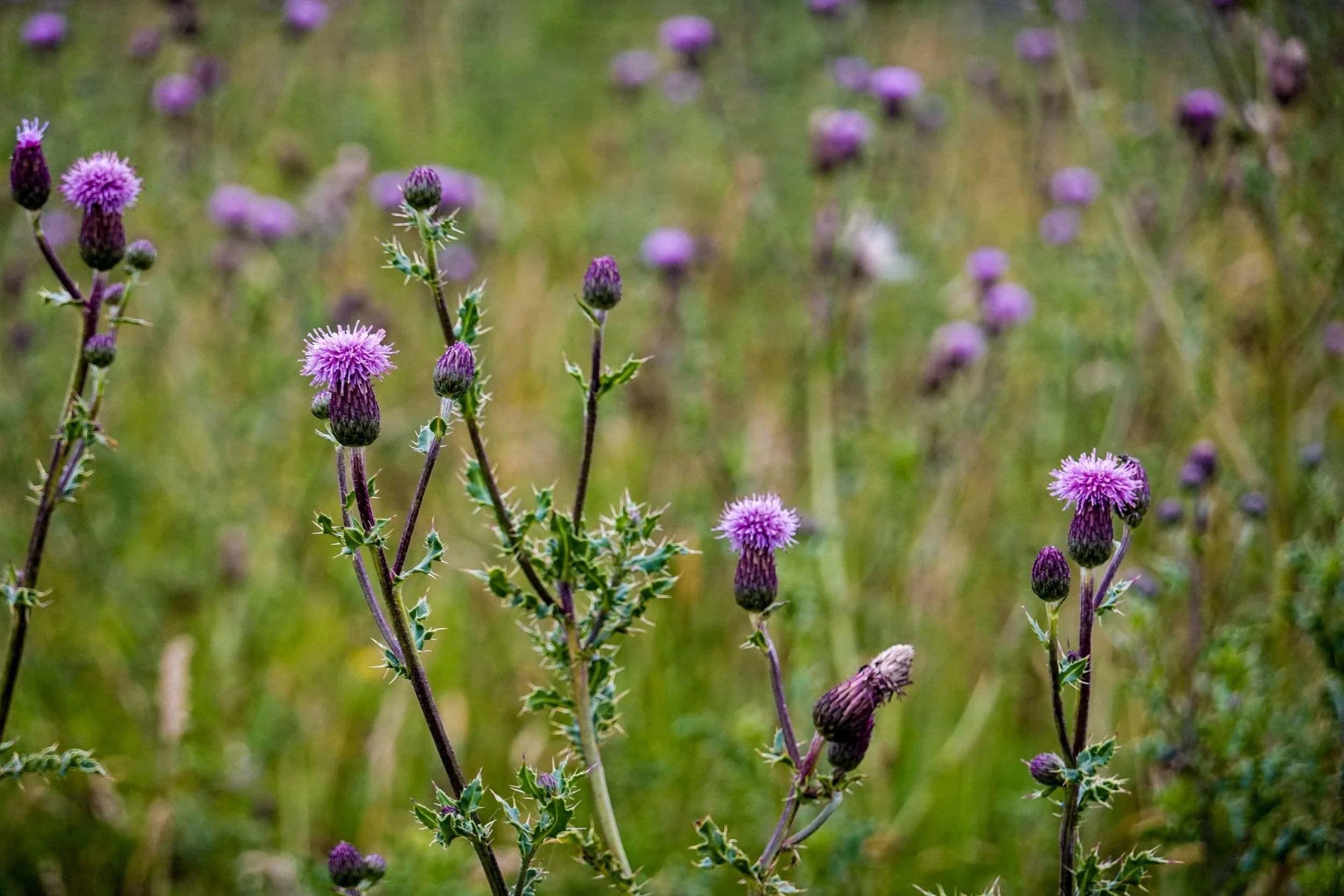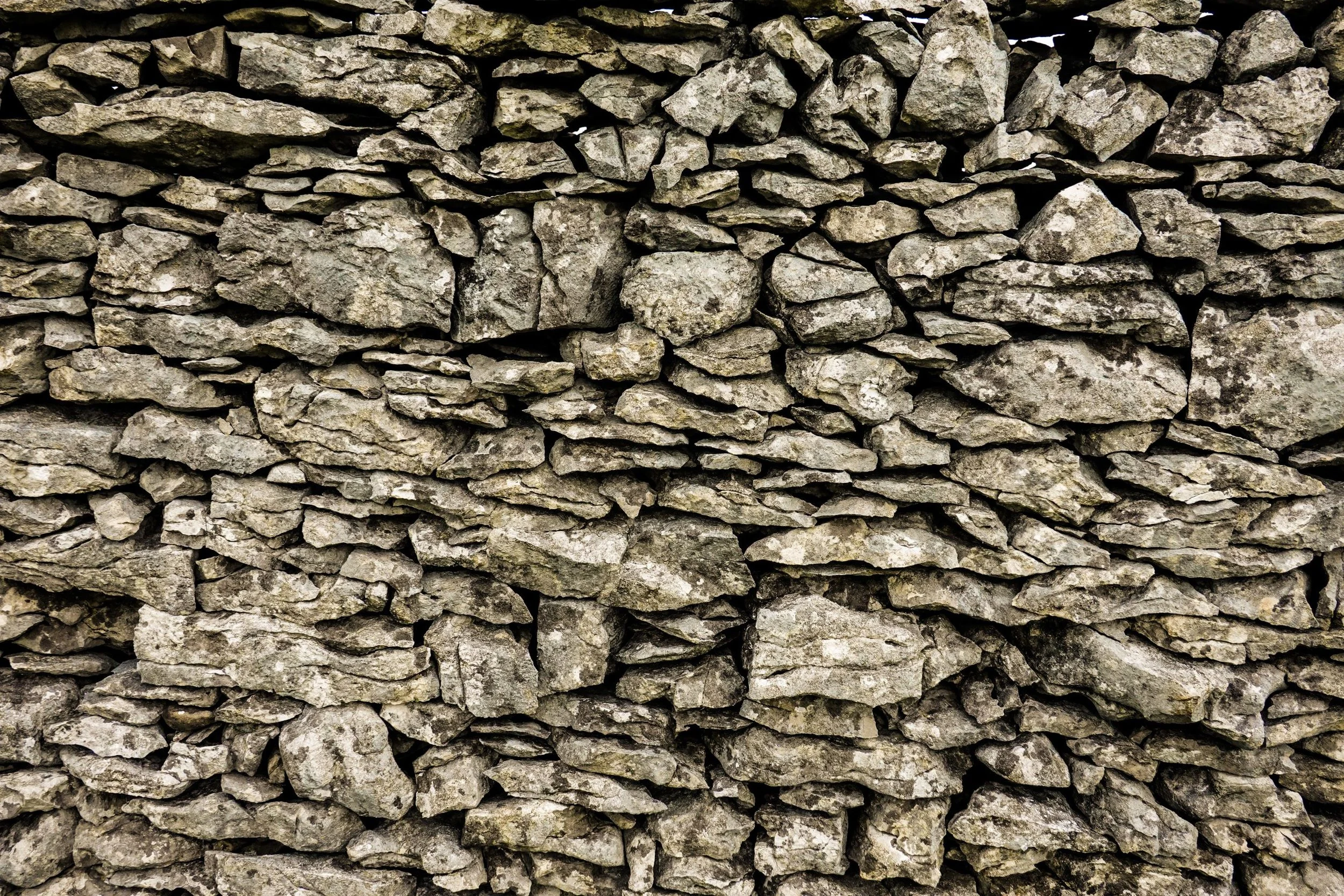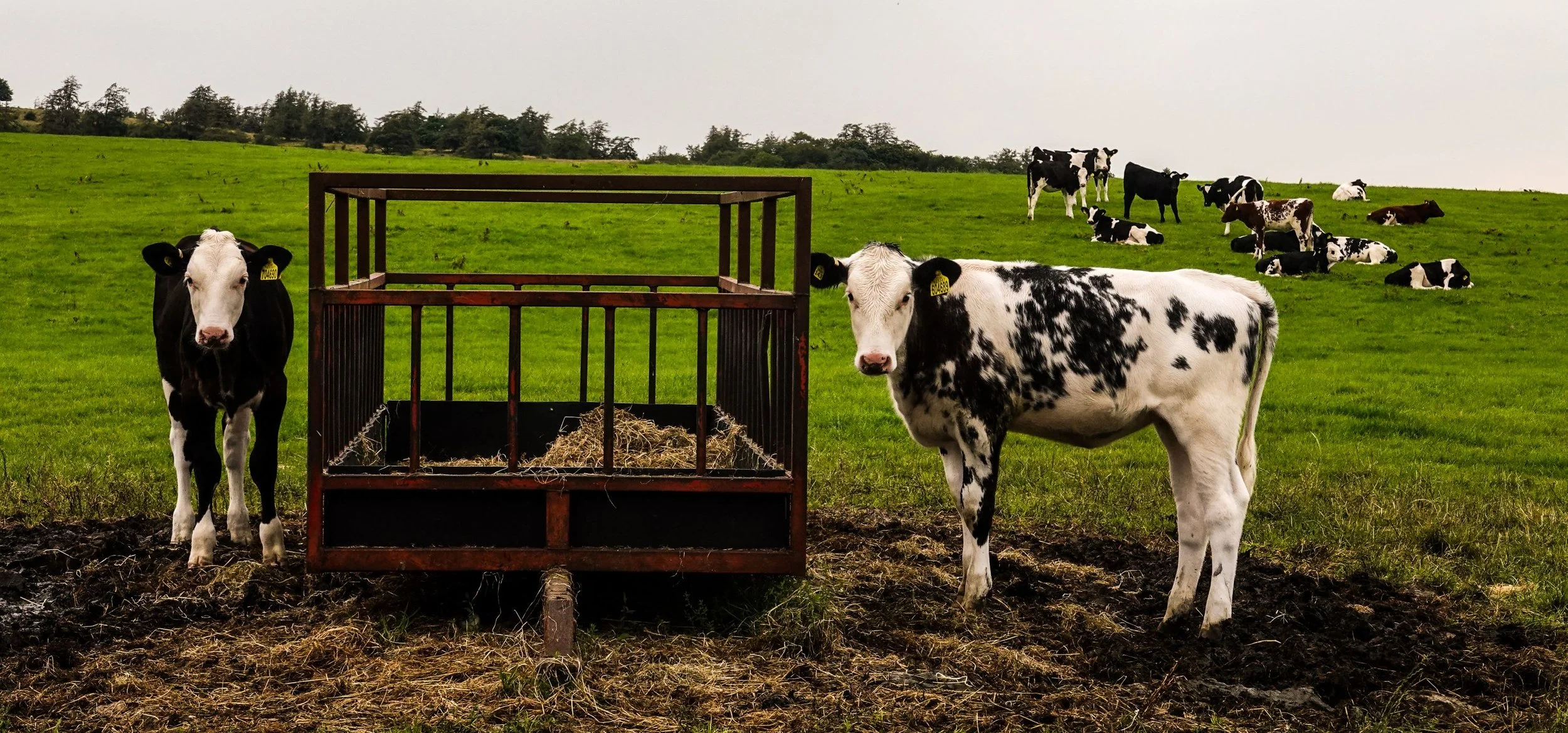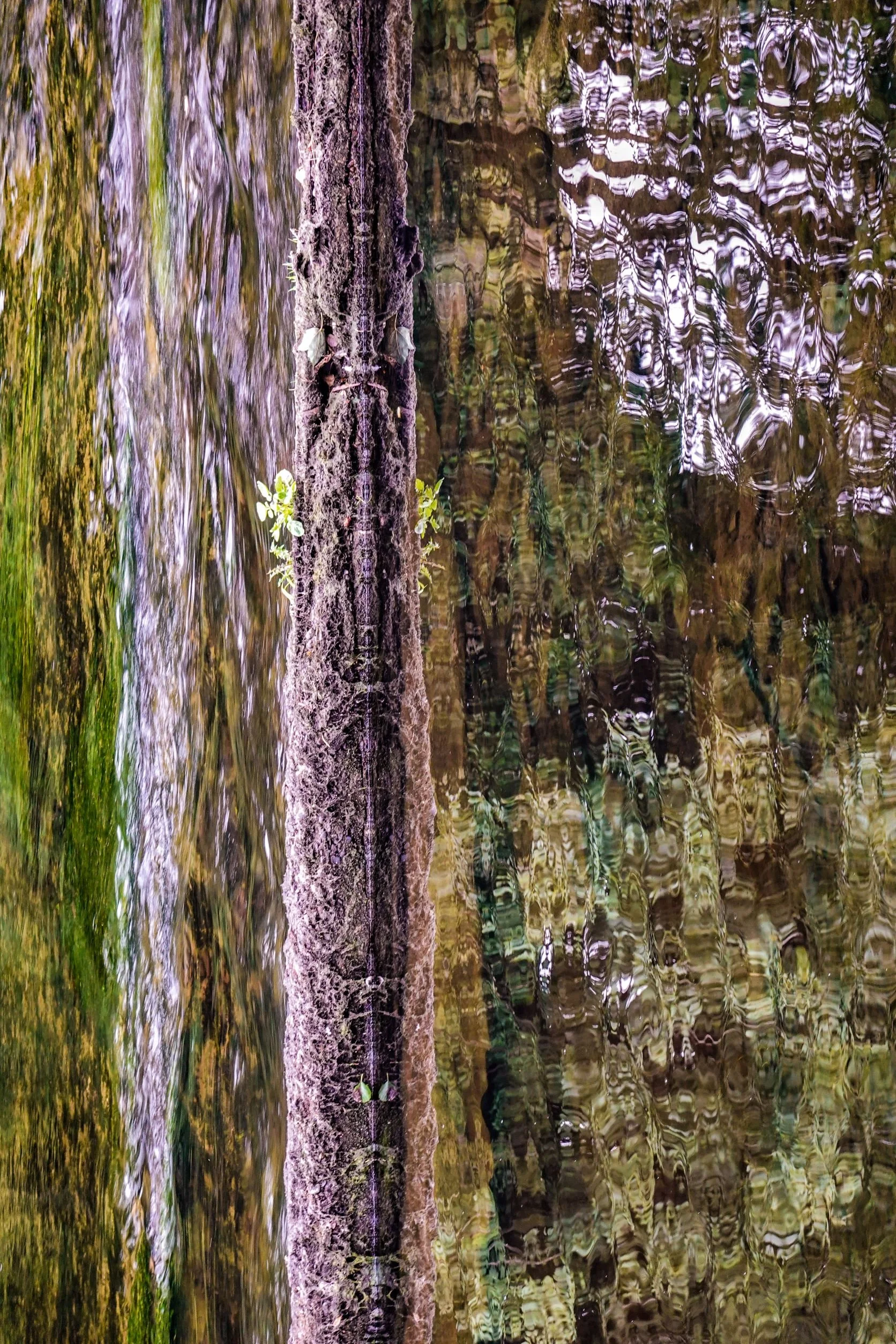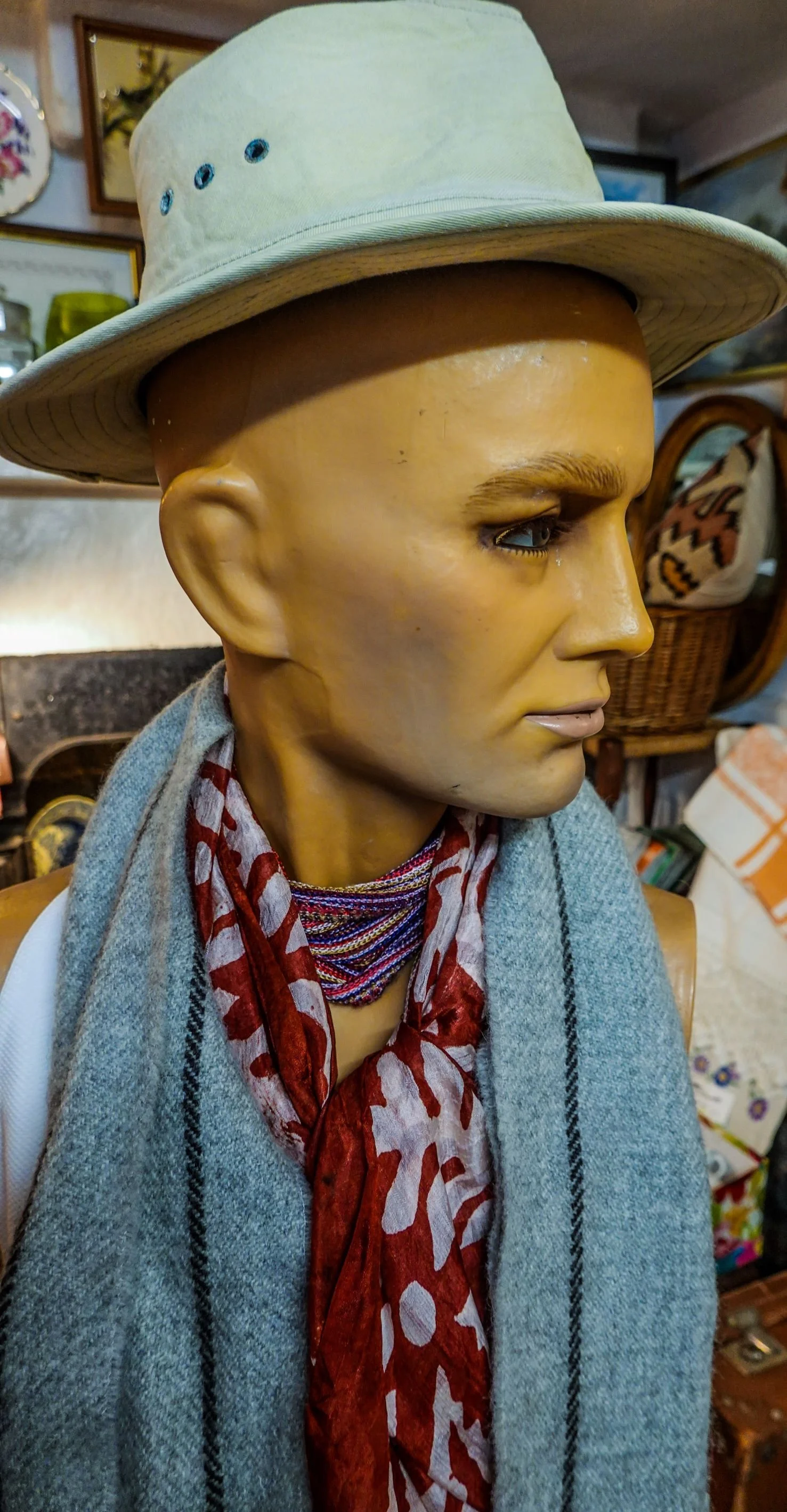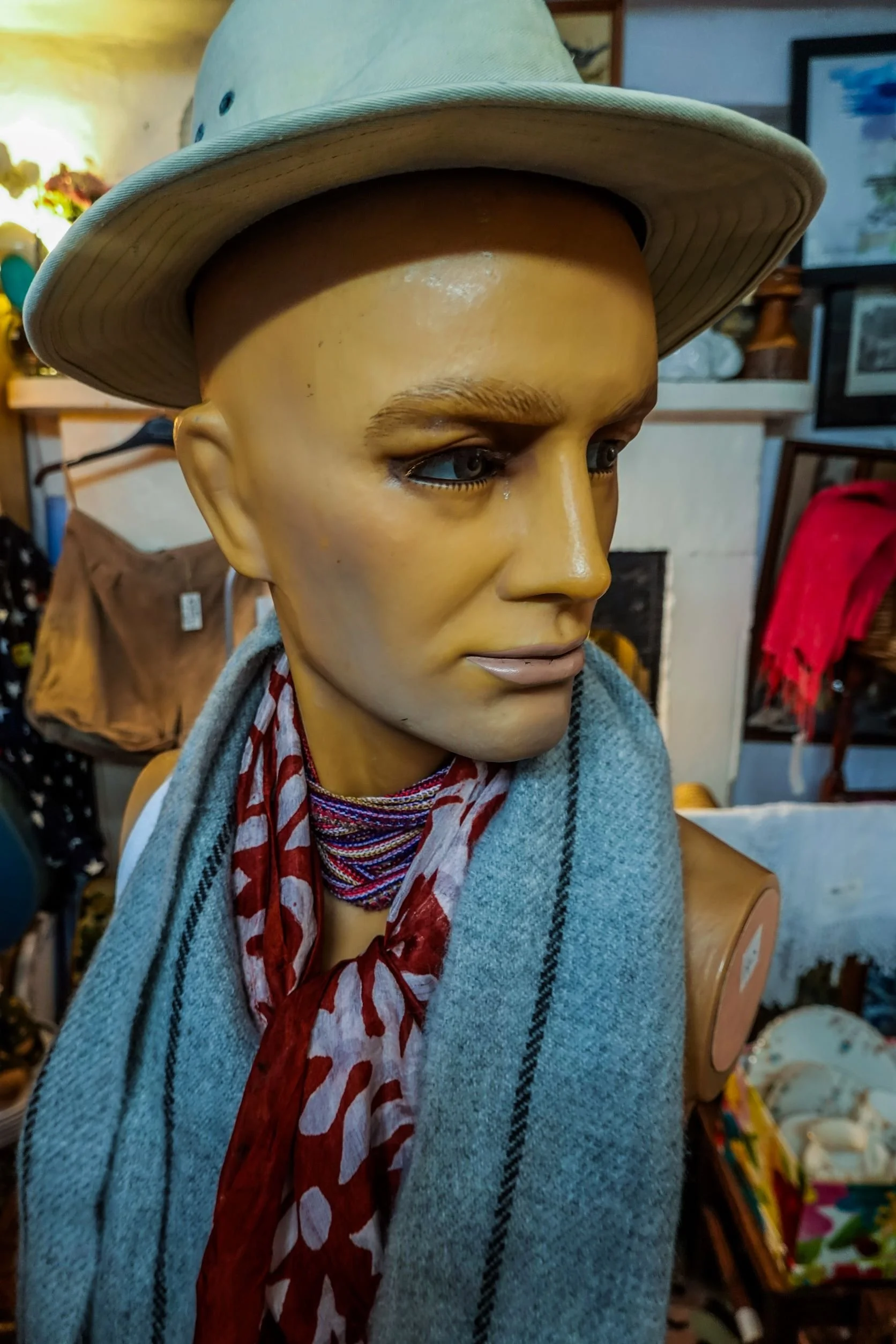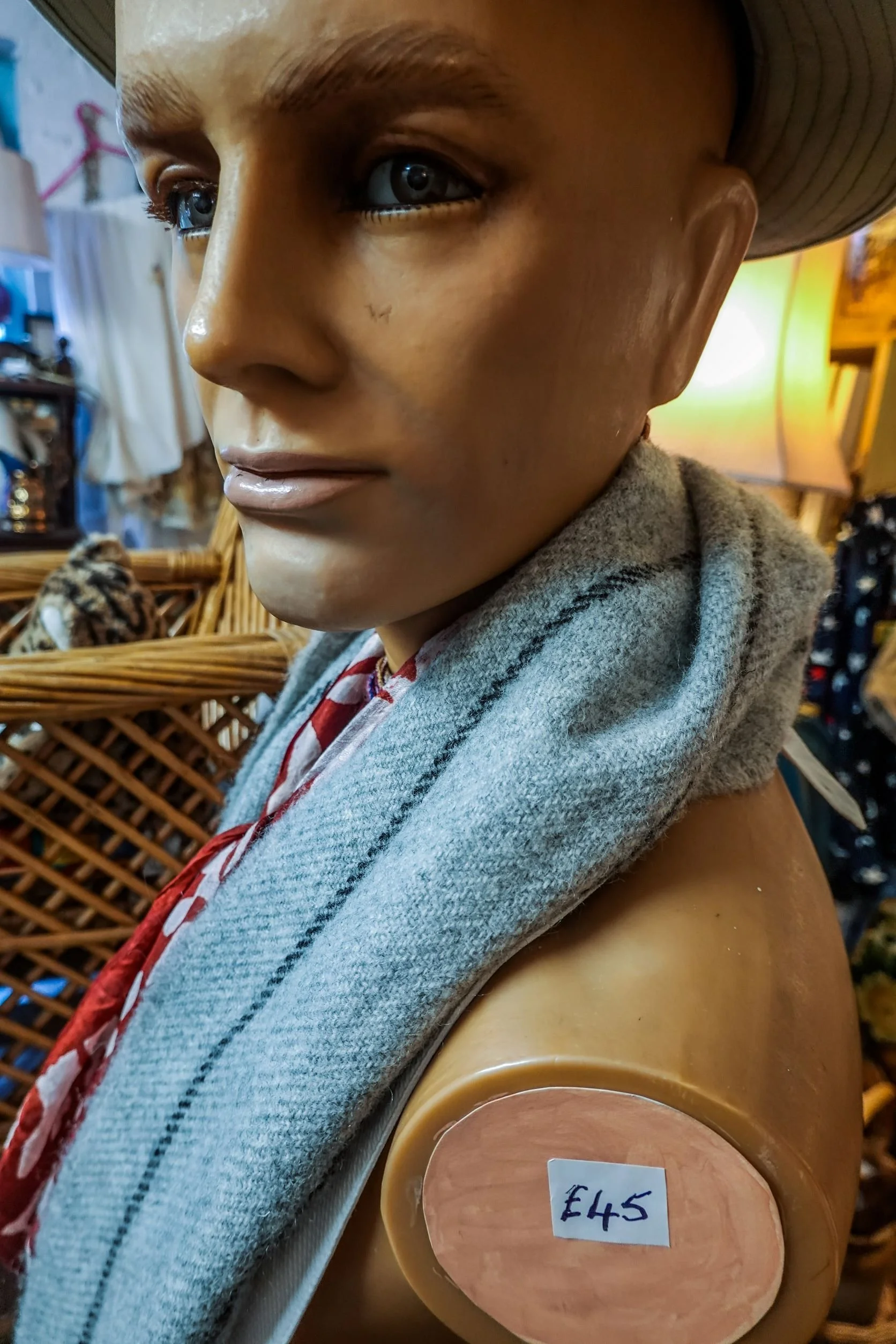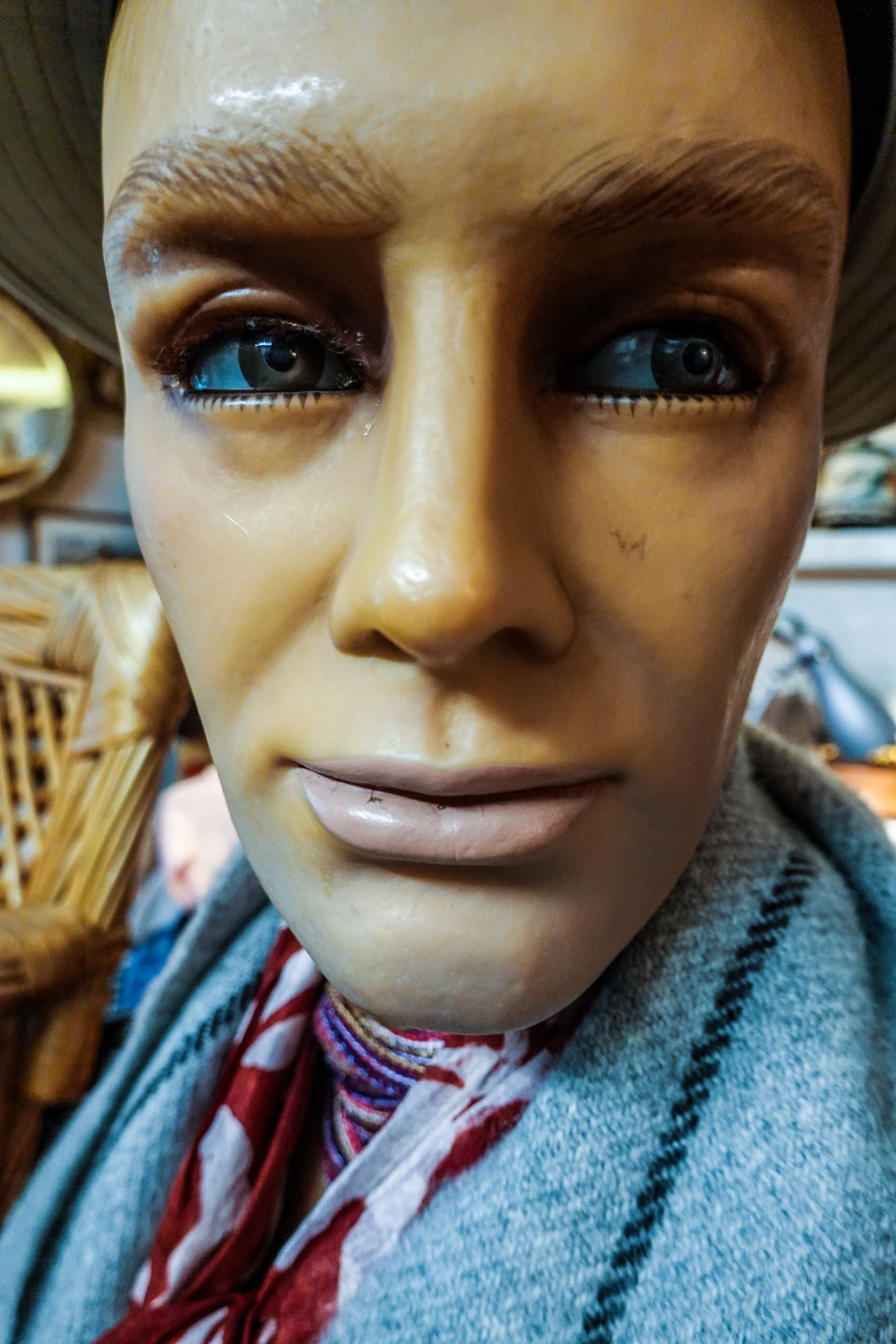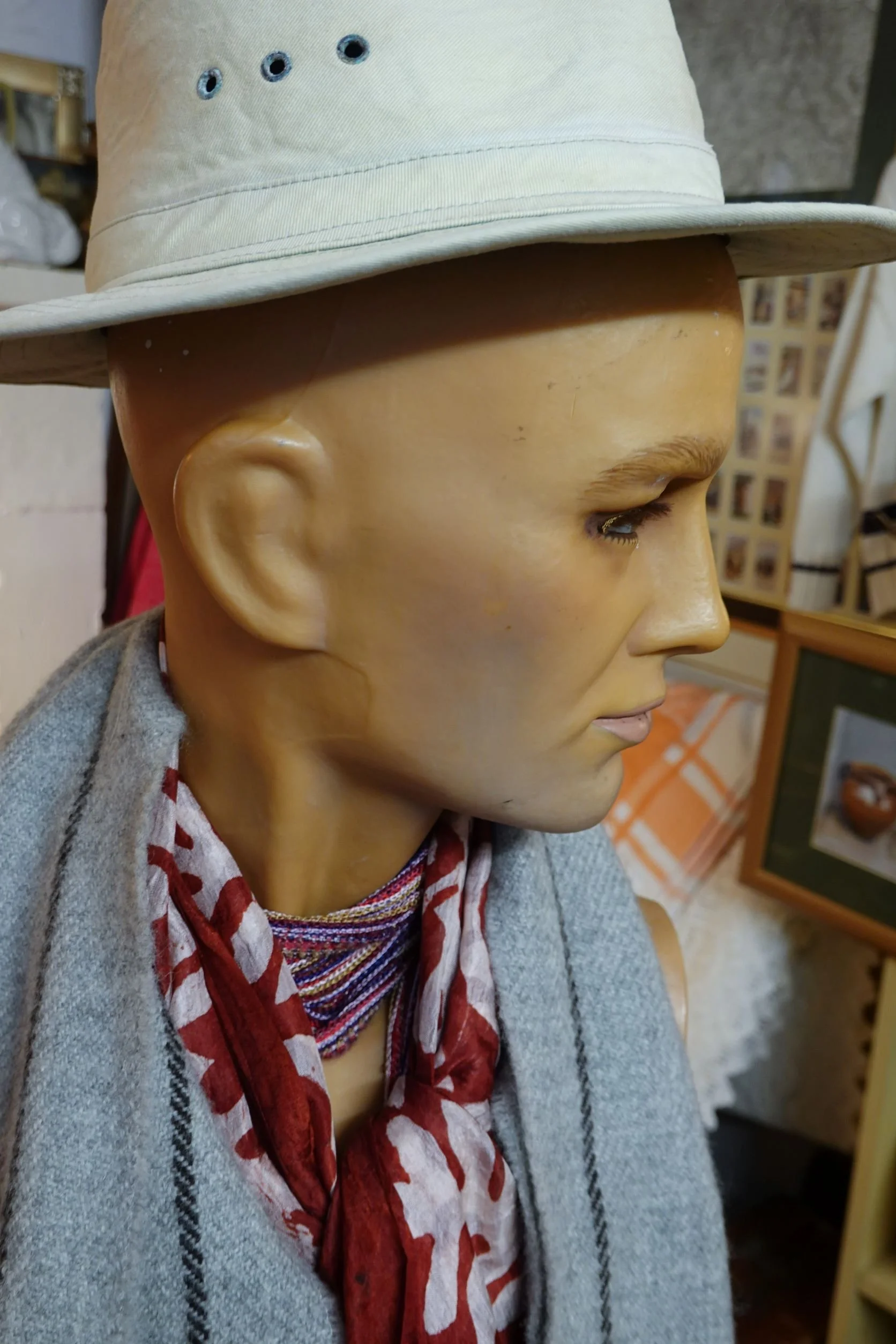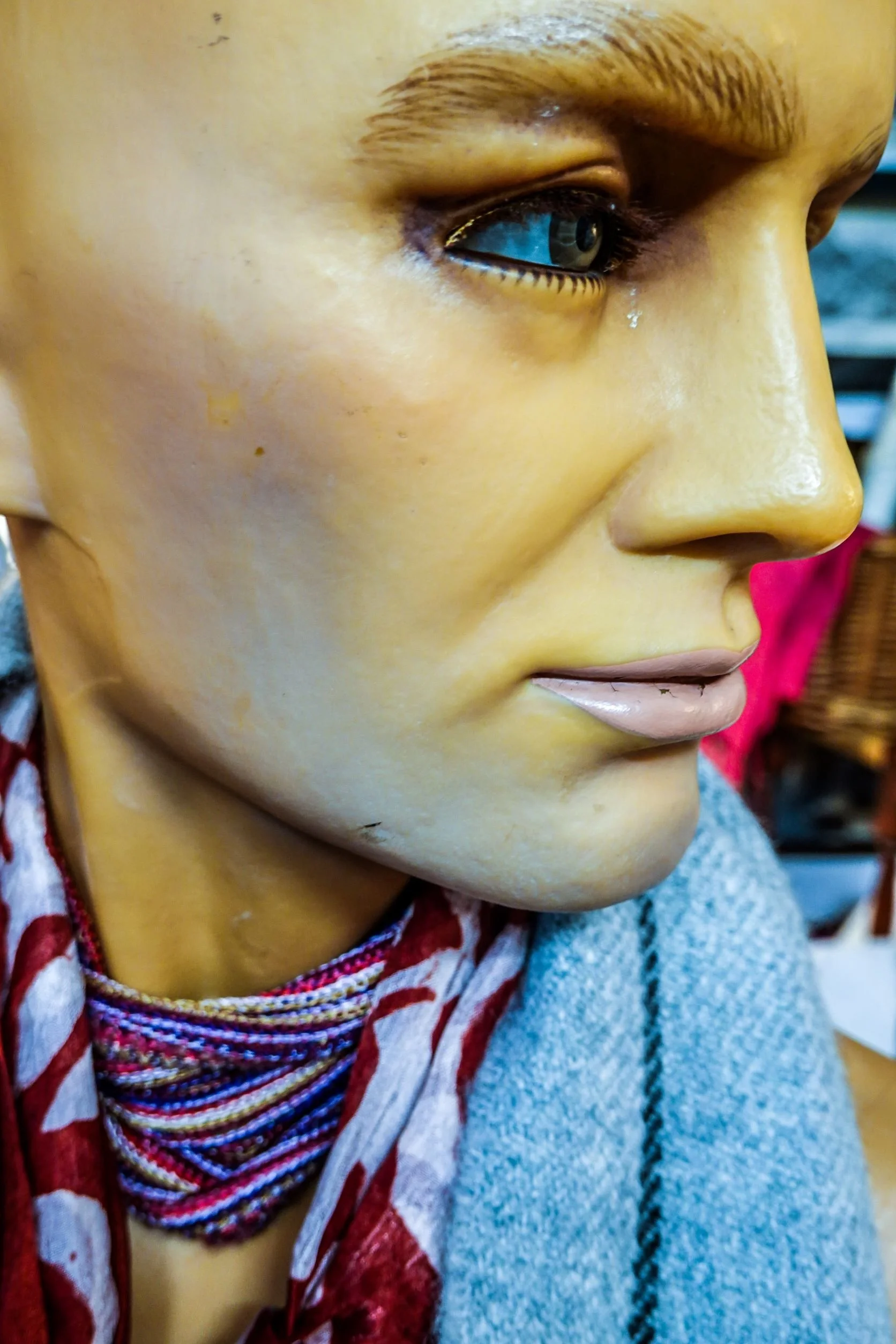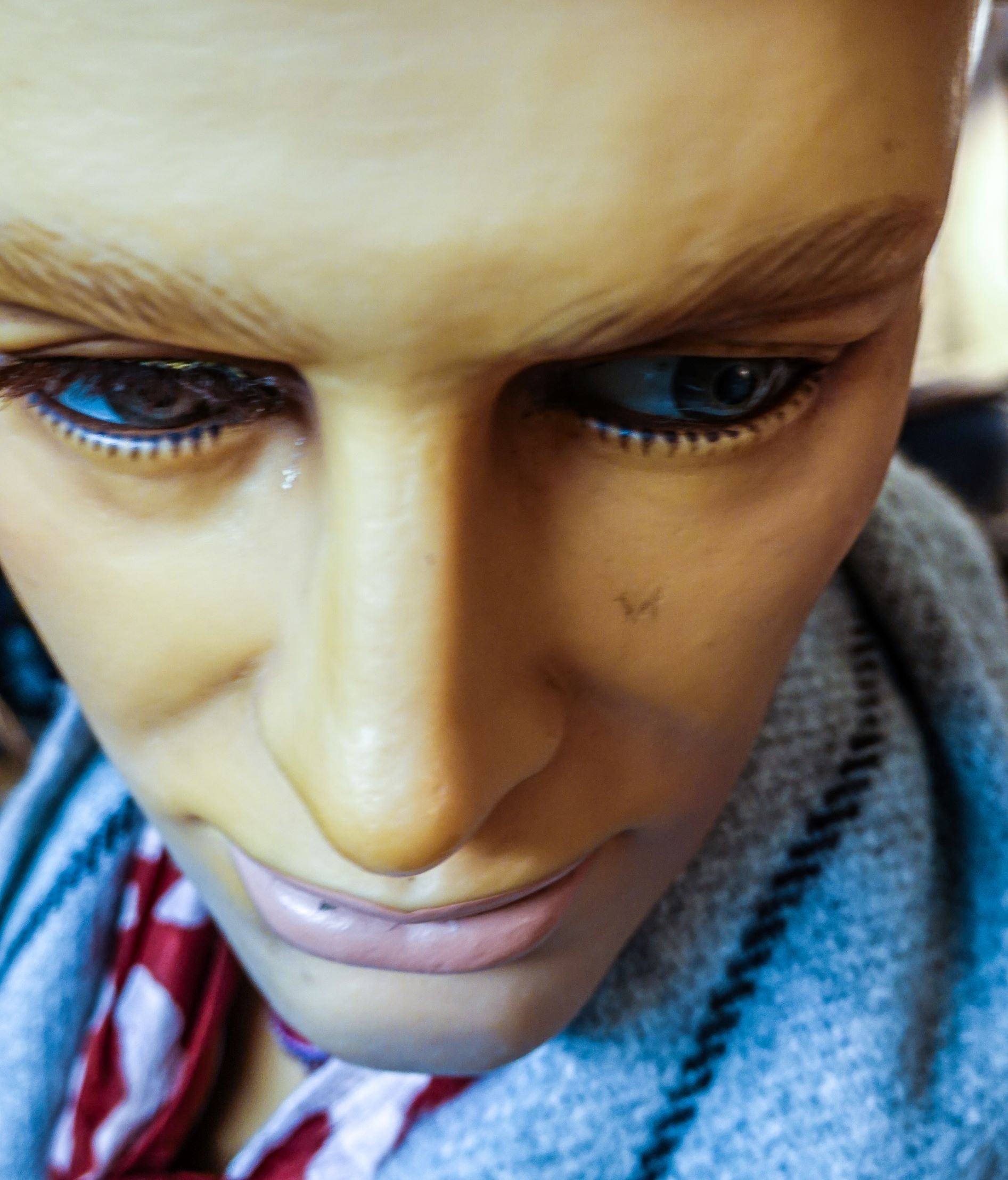Beautiful air: re-viewing climate change during an upside-down hillwalk on Scout Scar
Aim
To experiment with a different approach to climate change to that to which we are accustomed, which views it not as a problem needing ‘solved’, but as something we participate in creating. An approach which asks: what world do we want to help create? And what positive steps can we take to make this happen?
Background
This particular experiment is very closely related to my own research and interests. During my PhD, one of my central arguments was to propose that in Creative Writing the way we currently approach climate change is unhelpful, and that art might have a particular ability to help us consider alternative approaches. The work of Mike Hulme, a climatologist at the University of East Anglia, was particularly influential in this regard. In Why We Disagree About Climate Change, Hulme suggests that we will never ‘solve’ climate change because it has become so much more than a discrete phenomenon (like the hole in the ozone layer) which we can straightforwardly address: climate change has accrued to itself a wide range of social and cultural meanings with the result that we can no more ‘solve’ it than we could e.g. ‘solve’ religion. Starting out from here, I took this perspective one step further by arguing that the entire problem solving approach was itself problematic for (a) how it assumes we are somehow separate from a climate that we might solve, (b) how it relies on ineffective fear-based narratives as a means of persuasion (we must act now on fear of catastrophe), and (c) most important of all, how this approach replicates the hubristic mindset which got us into this problem in the first place. What, are we now to manage the skies? And who decides what state of ‘climate’ is the right one to revert to?
Instead, my own view of climate change - in my research, this experiment, and more broadly - approaches it as something which we participate in creating, and with which we are inextricably entangled (see the abstraction experiments for an explanation of how I believe we co-emerge with the world, rather than being distinct from it). Instead of trying to solve climate change upon fear of apocalypse, I propose that we genuinely recognise the impact we are having on the climate, take a pause to ask whether we want to contribute to this process, and most importantly enquire into what kind of world (and climate) we wish to participate in creating. This perspective views the role of humans on earth as fundamentally creative in a very broad sense - as participants in its ongoing creation and re-emergence: an approach which the public reported finding particularly enabling and hopeful during an interactive installation tour of my second book Through the Weather Glass which explored these ideas.
Turning to art / literature - what role can they now play in helping us respond to climate change? During my PhD I also took issue with the apocalyptic genre of literature / art which dominates the climate oeuvre, for how this manifests and reinforces the narratives of fear which underpin problem solving approaches, and perform persuasive functions to which art is ill suited. In place of this approach, I propose that literary and artistic experimentation can open up space for new meanings which engage with climate change as it is happening now (rather than in some catastrophic future) and participate in performing its ongoing re-creation (see below for examples of how to do this). Is art not far better suited to a more questioning and exploratory approach such as this than the didactic persuasion to which it has so often been turned?
I chose to base this experiment near Kendal since this is one of the towns which is arguably being most affected by climate change through flooding. By starting near the top of the hill the route turns the expectations of hillwalking on its head in the same way that the above arguments seek to re-assamble our approach to climatic change. The experiment suggests that only by actively doing things differently will new approaches emerge. So why should the hill be the destination of the walk, as opposed to a route whose downhill and then uphill profile encourages you to reflect more on the process of the walk than the outcome?
Click on the image above to open an interactive version of the map on Outdoor Active. Otherwise you can download the GPX file of my route here (© OpenStreetMap contributors)
Route instructions
Route: medium (9.3 miles and 709 feet of ascent). The terrain and amount of climbing in this route are both straightforward, although at 9 miles it’s a fairly long route. If you want to make this route easier you can either do the first part of the route along Scout Scar and return by one of the parallel paths along the side of the ‘scar’, or else (perhaps more fitting with the experiment) explore the footpaths and flood prevention measures along the length of the River Kent (ie the middle section of the route). See below info about accessible alternatives.
Starting point: the car park near the summit of Underbarrow Road to the west of Kendal.
Accessible alternative: large sections of the walkway along the River Kent are fully paved and accessible. The walk up Scout Scar is classed as a Route for Some by the Miles Without Stiles website - see here for route description and accessibility notes.
Writing & Art Ideas, & Virtual Alternatives
The key aim during this experiment is to remain mindful throughout of three things (1) how climate change manifests itself during the route, (2) the ways in which you are interacting with and contributing to these processes, and (3) the artistic process as a creative process which performs many of the dynamics at stake. There are a wide range of ways in which this can be done. My second book, Through the Weather Glass, comprised the creative component of my Creative Writing PhD, and was an expression / performance of many of the ideas I outline above. In order to make space for new meanings for climate change to emerge, TTWG was written in a hybrid form, combining fantastic prose travel writing with lyric / conceptual poetry and documentary photography. The book told the story of a cycle expedition I completed from Salford to the Greek island of Ikaria (where Icarus supposedly fell), undertaken as a performative attempt to improvise a more sustainable route across Europe than Icarus managed. And the narrative is told in fantasy form as the story of (a female) Icarus and a talking bicycle being sent on a quest to an Ancient Greek climate change democracy hosted by Zeus. During this journey, Icarus is tasked with devising a solution to climate change, an approach whose entire validity she begins to question during their picaresque style adventures and engagement with present day climate change.
I am not imagining that the responses which are produced here engage with quite the same amount of thoroughgoing experimentation as the above work (which took me five years to write, following a cycle trip of only 5 weeks!) However, the above principles stand. In the below examples of my own work, produced in response to this experiment, various things are going on. While some of the issues at stake are perhaps explored more in the content of the poem than the form, the insistent rhyming and reference to naming serves to emphasise how we are identified in and with climate change, and how existing ways of thinking trap us within a rhyming logic from which there is no escape. In turn, the first image turns the image of the River Kent on its side, creating an abstract image whose meaning we must create rather than receive (ie the viewer is a participant in the creation of the meaning of the art work as they are in the meaning of climate change). The second sequence (Self Portrait in Climate Change) invites the viewer to see climate change in ourselves, and to perform the sense that us humans are able to change our clothes, our ways, our perspective as easily as we mould a mannequin to our desires.
In order to explore the ideas in this experiment virtually, you can use the google image search engine to create an equivalent journey. Google climate change, and commencing with the first image that comes up in your search, reflect upon the above three questions. Don’t think too much, just note or sketch down what comes to mind. Then, choose one thing which you have noted down that surprises you, and jot down or sketch responses to that. And keep going, drawing upon the more surprising observations as your starting point each time rather than established climate change images / tropes (eg ice melting, floods, polar bears, or fire). Create a piece of writing or visual art which draws upon these notes / sketches.
Route adaptation for your walk from home
This experiment can be undertaken anywhere, since climate change is everywhere. It might be a good idea to incorporate something which you more directly associate with climate change within your route though (eg a power station, somewhere which floods, a busy road, a field full of cows), in order to provide a focus to your thinking and prevent it becoming too abstract.
My own writing and photography
Arwen. Bella. Ciara. Desmond
It’s the wrong weather.
The light is poor
as if somebody has dimmed
the tone of summer.
The driest season in my memory –
yet still – I resent the rain. Imagine:
the climate is running uphill
as fast as possible.
Listen to it – breathless –
oxygen pumping through its veins.
And us?
We are a village disappeared
beneath water. We are landslip. Run-off.
Broken temperature records
and energy shortfalls, two-metre high
watermarks and incremental gains.
We are garden gnomes
with advertising placards.
Fashion mannequins who like to turn
the other way. We are mirror
images of the weather that we always
speak of: reflections of the self-same.
This is a world
where nobody lives
in the land of global averages.
Arwen. Bella. Ciara. Desmond.
Every letter of the alphabet
has a storm to its name.
And now the climate is running
downhill as fast as possible.
Listen to the pitter patter
of its dancing feet – air succumbing
to the pull of gravity. I like to think
that we are fundamentally composed
of the capacity for change
and who is the climate to disagree?
This world that we make
and that we’re made by…
I dissolve the solution
to catastrophe in the falling rain
and offer up the infinite rhyming
possibilities with ‘my name’.
Downstream
Self Portrait with Climate Change
